Why the Correct Trim Color Can Totally Transform Your Home
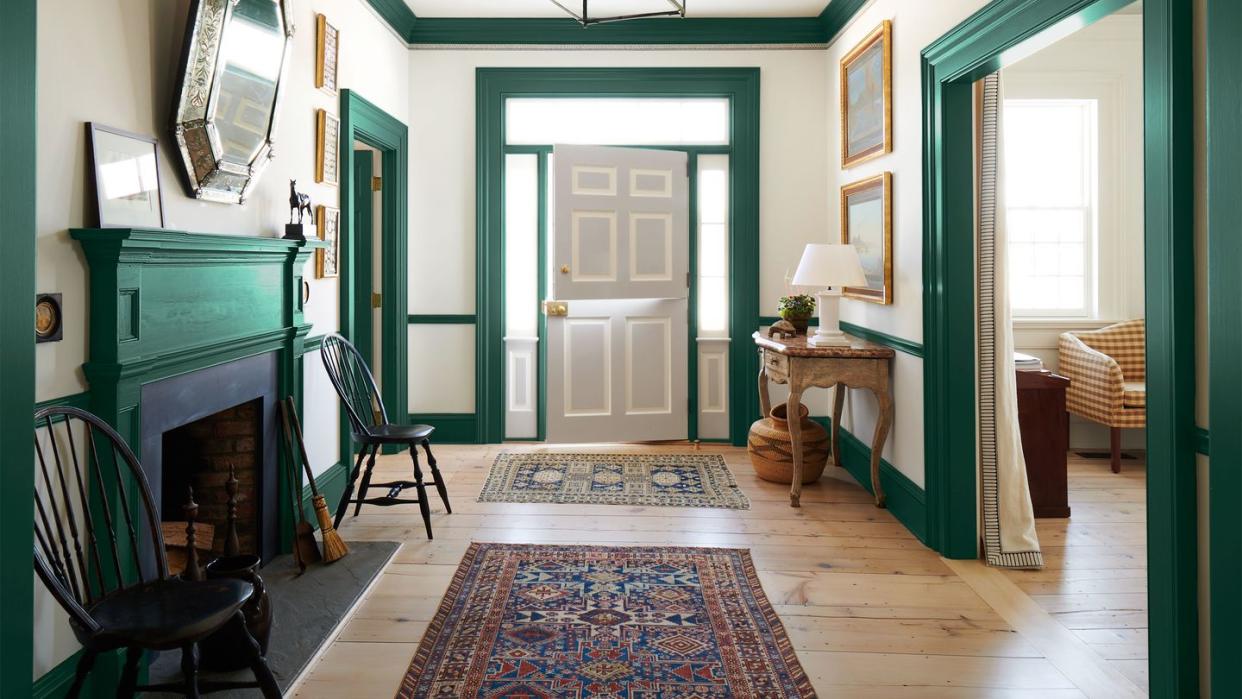
"Hearst Magazines and Yahoo may earn commission or revenue on some items through these links."
Home design decision fatigue is real. With so many tiny choices that add up to just one special space, it’s easy to get overwhelmed. Whether you’re doing a gut renovation down to the studs, building new, or tackling small refreshes, there’s an endless list of choices to make. One that’s easy to overlook is the paint trim color. After all of the back and forth to determine the color of your walls (to wallpaper or not to wallpaper?), this final paint color choice seems small. But don’t overlook this detail—it can pack a big design punch. To learn more, we tapped two color connoisseurs, Bachman Brown Clem, principal at Bachman Brown in New York City, and Atlanta-based Beth Kooby, founder of Beth Kooby Design. From colors of the year to classic neutrals, here’s our designer-approved guide to choosing wall trim colors.
Interior Wall Trim 101
First up, let’s define trim. For interiors, trim refers to the molding or millwork that frames walls, ceilings, windows, and doors. “Trim can either be the star of a room or it can act as a quiet architectural language,” says Clem. “In my experience also, when a room lacks character, trim can work as an easy boost and give a room a point of view.”
Kooby adds that different rooms have different moods, so trim can help set the design stage. “It’s important to think about what you’re trying to highlight or convey in each space,” she says. For example, do you have spectacular molding you want to highlight? Keep the trim white and pair it with a color on the walls. “If you have special ceiling moldings, perhaps keep the ceiling itself white and paint the molding a color that plays off other things in the room,” Kooby adds.
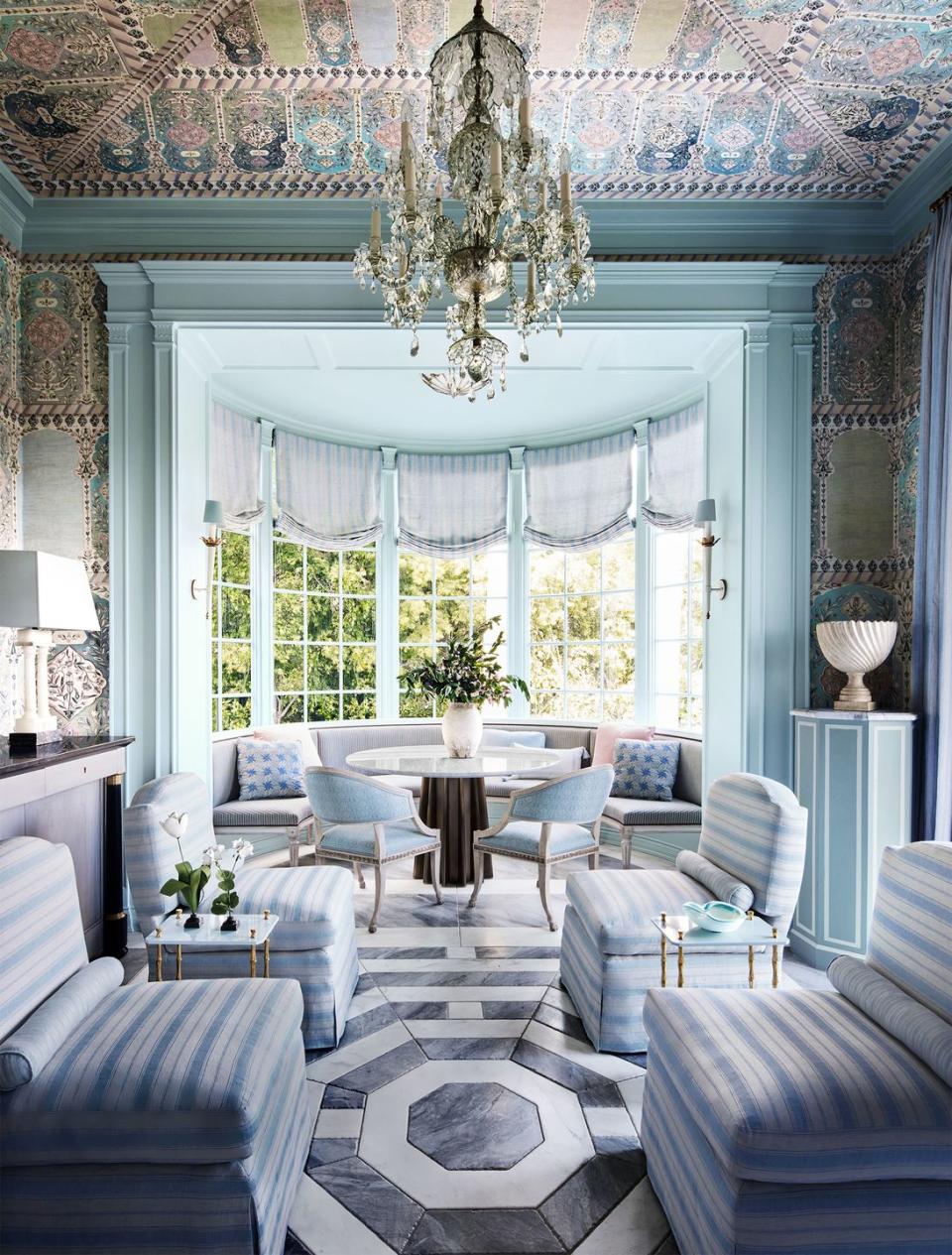
How to Choose Trim Colors
The hue you choose for your trim will depend on the vibe you want to create. Do you want your room to feel calming and neutral? Edgy and sophisticated? Or do you simply want that dated trim to disappear? “There are a few ways to approach color,” says Clem. “I’ve thoroughly enjoyed using a contrasting trim color to bring a little vibrance to a home.” In one home, for instance, the designer used a dark blue trim to add drama to the walls, windows, and fireplace surround. For a calmer, pulled-together look, Clem will match the trim to the wall color, but in a slightly different finish. “The spaces feel very serene and enveloping,” he adds.
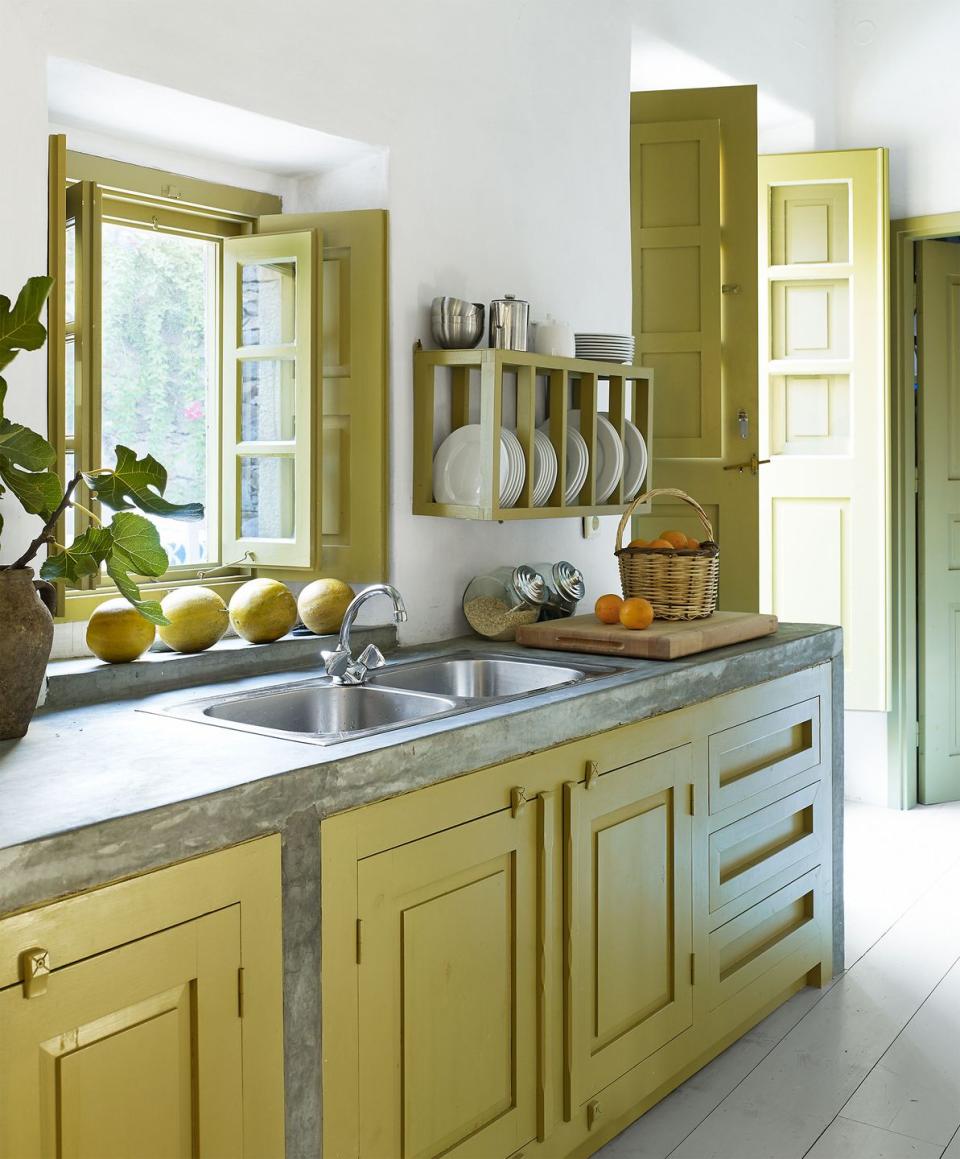
You should also consider the room and its existing architecture. Kooby, for her part, will favor neutral trim colors if the space has a more modern aesthetic. To temper the formality of traditional architecture, however, “you can get a bit more daring,” she tells us. She suggests pulling in an accent color from the room’s art, furniture, or wallpaper as a great place to start, but don’t go totally overboard. “I would stick to no more than two different trim colors in each room,” she cautions. “Not looking to bring the circus to town!”
But there are still opportunities to take some creative risks. “I love color, so I’m not afraid of big, bold color combos,” Clem says. “A green trim, I find, is surprisingly very neutral and one of the best to combine with most other colors like pink, mustard, blue, tan, rust.”
As with any paint color options, of course, it’s helpful to put up samples and view them at different times of the day to see how the color changes.
Can You Use the Same Trim Color Throughout a Home?
In many cases, it makes sense to use the same trim color throughout your home. “I think in areas that open into one another—unless there’s a very clear place to change to a different color—I prefer the cohesion of the same trim color,” Kooby says.
But you might want to switch things up in rooms that have a different color or wallpaper—say in bedrooms or a maximalist powder room.
Doors and passageways are another opportunity to mix and match. Kooby will match the outer trim of the door to the other entries in the house but then paint the inner portion to match the colors of the space. “The same would be true for an exterior door—OK to have the exterior paint be one color and the interior part better suited for the color story in that room,” the designer notes.
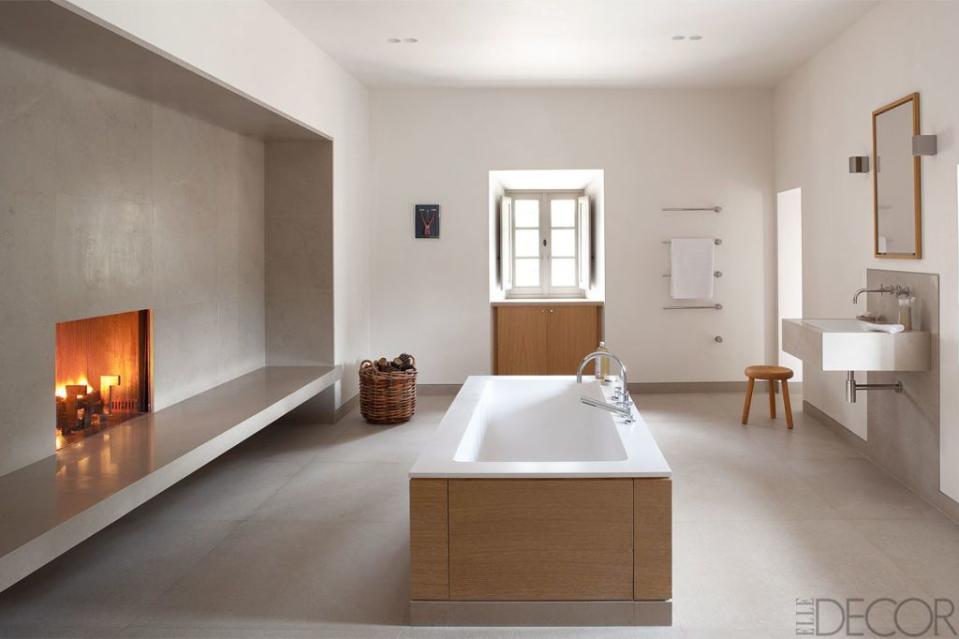
You can also think beyond color when it comes to trim and play with materials like marble or stone. “I love to use the same stone as the floors as the base trim. It’s a sophisticated look,” she adds.
How to Handle White Trim
If you want a classic appearance, there’s no going wrong with white trim. But how do you choose the right white for you? “There are infinite whites, so for me, it’s about finding that balance between the wall and trim,” explains Clem. “If your wall color has more gray hues, I find a warmer, creamier trim can create a beautiful balance. If your wall color has more underlying yellow and orange hues, a very slight gray in your white trim works well.”
You can also opt for white walls and white trim. “I’m a big fan,” Kooby says, noting she likes to use a satin finish on the walls and a semigloss on the trim for added dimension. She also suggests combining an off-white wall color and true white trim. Her go-to for this is Benjamin Moore Wind’s Breath on the walls and the brand’s Simply White on the trim.
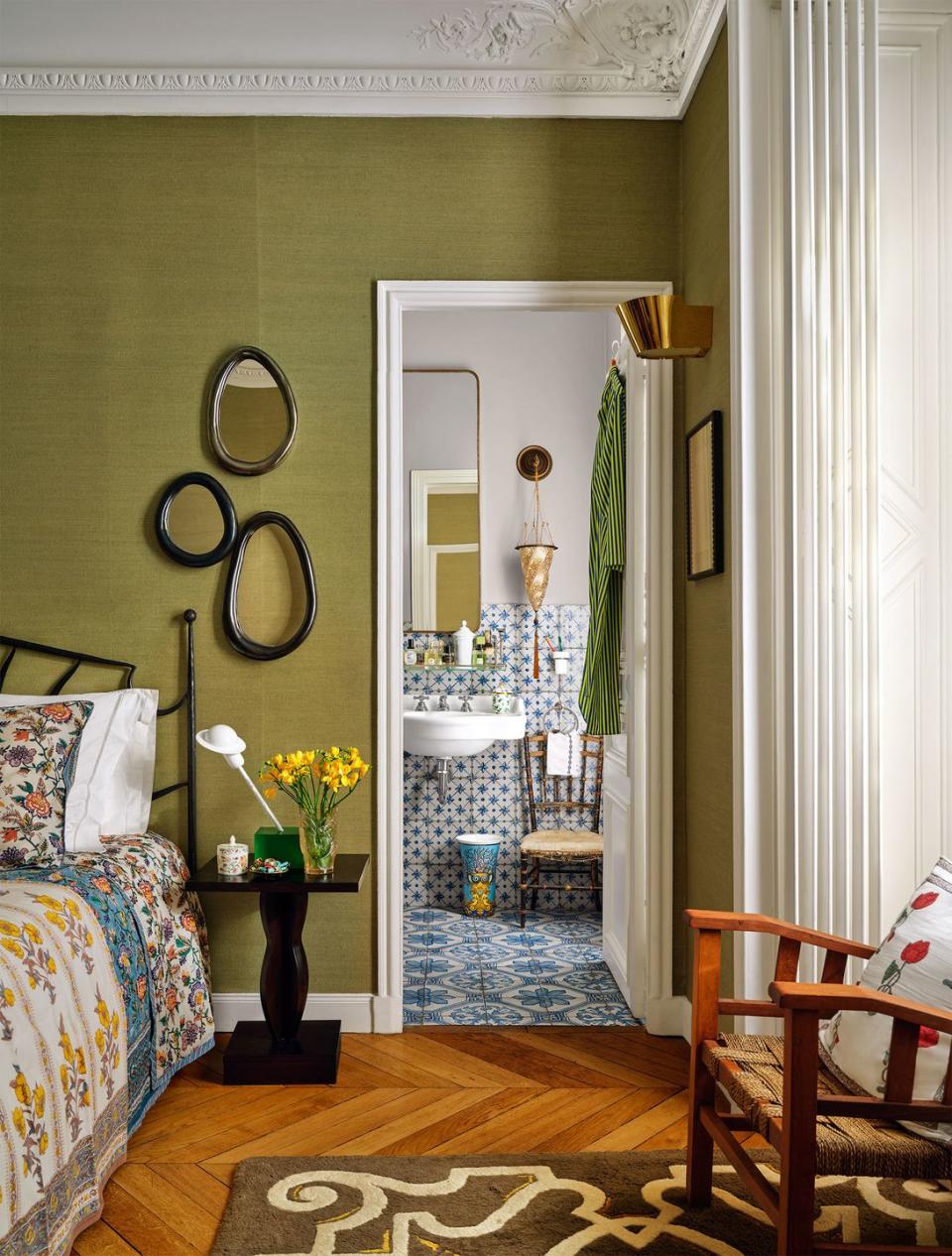
Does Paint Finish Matter?
Yes, according to the experts. “I’m pragmatic when it comes to things like trim finish. Trim is not like a wall. It takes more of a beating, so I like to do a more durable finish—never a matte or flat finish. If the trim needs to take a background role, I would typically do the trim one level higher sheen than the walls,” shares Clem.
“Typically, walls are in the satin range, and semigloss is always a go-to. I have matte walls (meant to look like plaster) in my own home and a semigloss trim works,” adds Kooby.
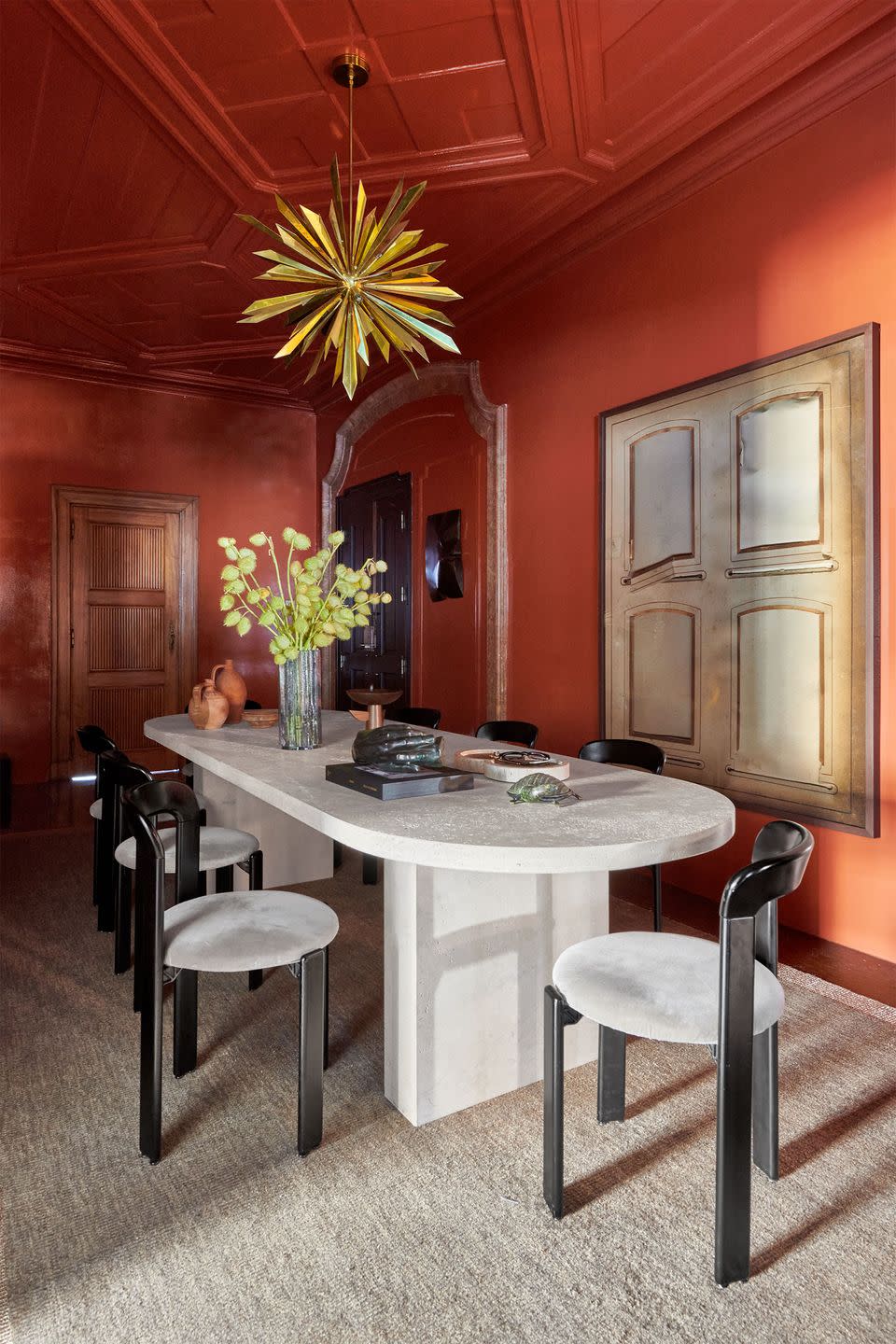
What About Natural Wood Trim?
Depending on your home’s architectural style, like Arts and Crafts or a chalet, Kooby enjoys leaving trim a natural wood tone. There are times to embrace all white too. “I grew up in a ’70s contemporary, and while it may have been fashionable at the time, I never liked our stained wood trim on all the white walls. I think more modern interiors look best with all-white everything,” Kooby says. But “walnut is my favorite wood species. I’d love to do a paneled study or dining wood with all clear-coated walnut!”
Can I Try Dark Trim?
Yes, just carefully, as it can make rooms look smaller. “If you have an extra large room that needs some taming, a darker trim would help it feel less industrial or like a showroom,” Kooby says. “I think some rooms beg to be appreciated for being smaller and cozy. Leaning into this and keeping everything on the darker side gives it a sexier feel and makes it a space you just want to curl up in—or get closer in, like a smaller dining room.”
“It also depends on which trim is being painted,” she continues. “Painting just the mullions of a window darker will allow them to disappear. Painting them in a medium tone will call more attention to them.”
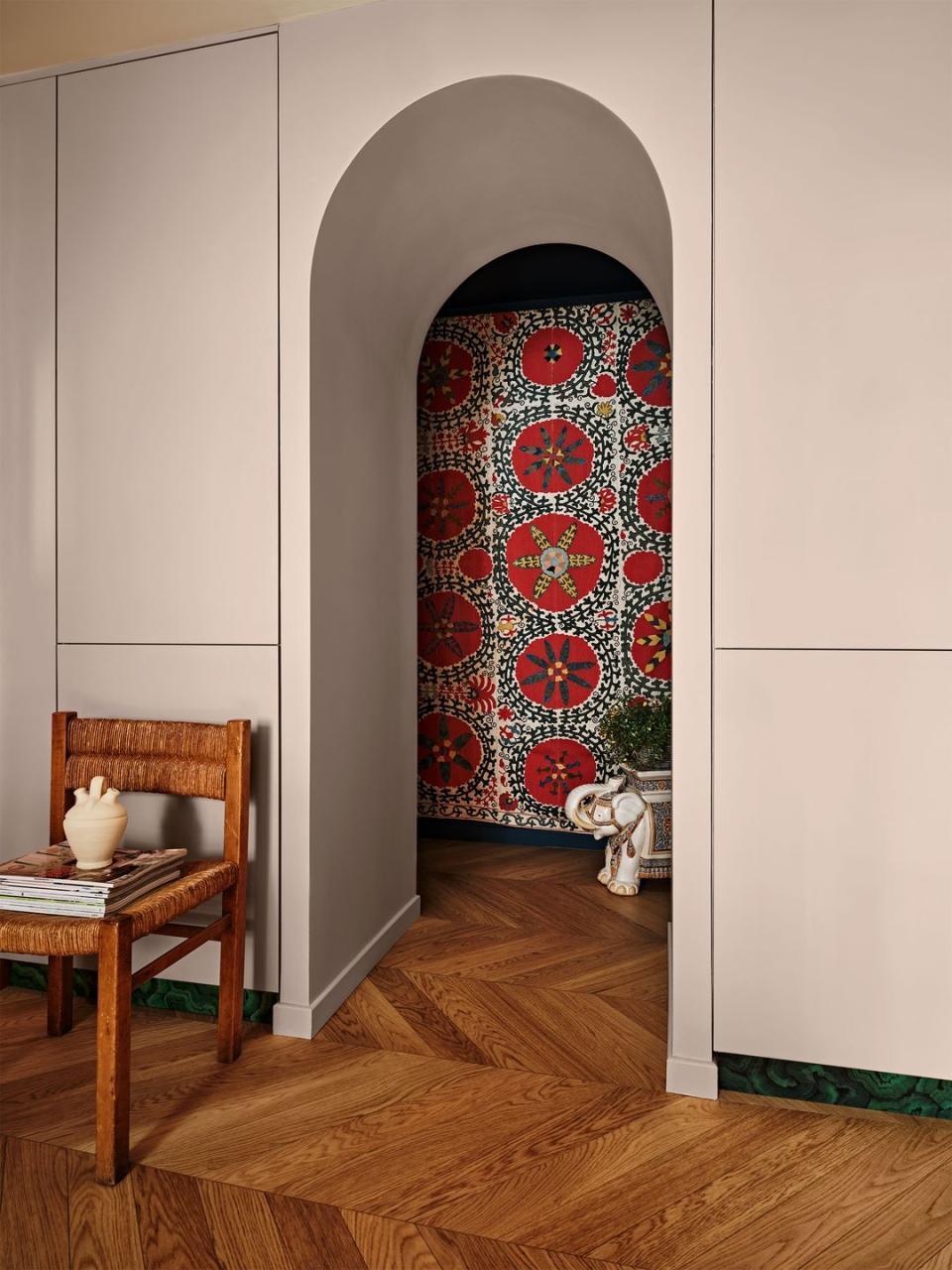
Keep in mind that trim can be darker than the walls, too, especially when going for a little more drama. Kooby suggests painting trim in the same color family as the walls but opting for an even darker, richer hue.
No matter what trim color you choose, don’t be afraid to just go for it. Kooby adds, “For the most part, paint is just paint, easy enough to change if you try something a little bold[er] and you don’t like it.”
You Might Also Like

